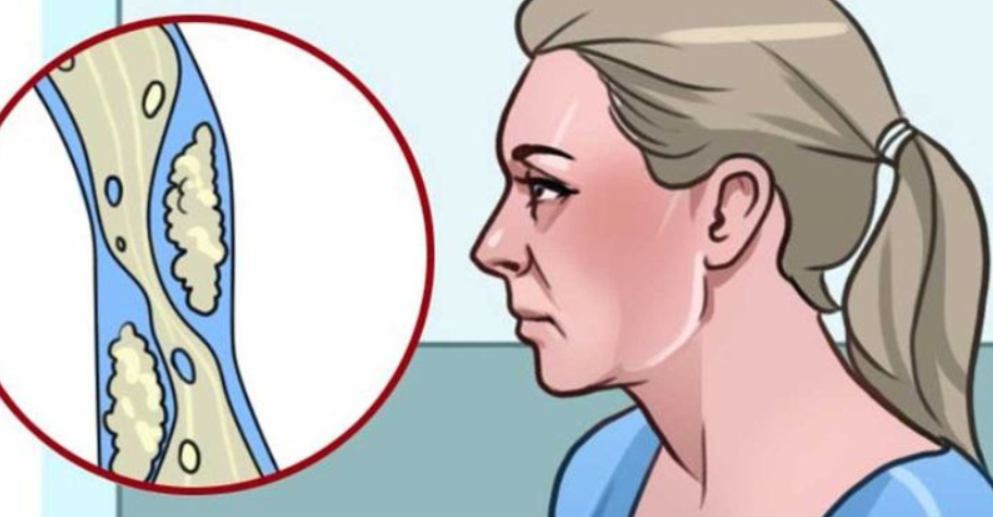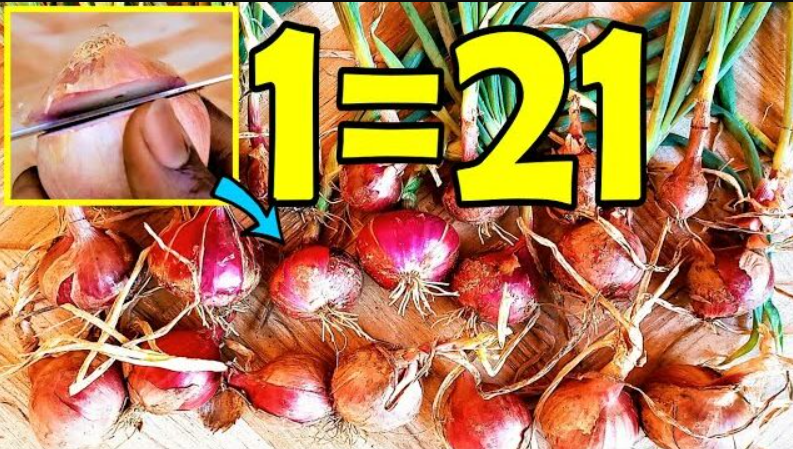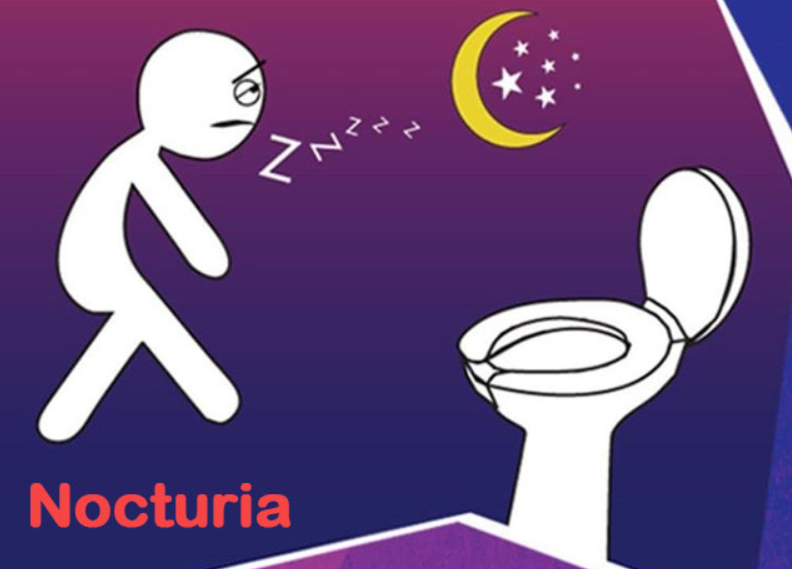Poor blood circulation can cause a wide range of health issues, some of which are significant. Proper blood flow ensures that oxygen and nutrients are distributed throughout the body, allowing organs and tissues to operate properly.
When circulation is disrupted, various biological systems may be jeopardised, resulting in discomfort and long-term health problems. Understanding the warning symptoms can allow you to address and treat impaired blood circulation before it causes serious consequences.
This article will walk you through the ten warning symptoms of poor blood circulation that should not be overlooked. Recognising these indications early allows you to take the required steps to improve your circulation and general health.
Continue reading to learn about the signs that may suggest an underlying problem and how you can take preventative measures to guarantee a healthy circulatory system.
- Numbness and tingling
One of the most common symptoms of poor circulation is numbness or tingling in the extremities, particularly the fingers and toes. This occurs when blood flow is restricted, resulting in a lack of oxygen and nutrients reaching the affected tissues.
- Cold Extremes
Constantly feeling cold hands and feet can indicate that your blood isn’t getting to these sections of your body. This can be especially noticeable in cooler weather.
- Swelling
Swelling in the lower limbs, particularly the legs and ankles, can indicate fluid buildup due to impaired circulation. When blood flow is impeded, fluid leaks from the blood vessels, resulting in oedema.
- Fatigue and Loss of Energy
Poor circulation might cause you to feel particularly fatigued or lethargic, even after a good night’s sleep. Inadequate blood flow means your muscles and tissues aren’t getting enough oxygen, which causes you to feel tired.
- Skin discolouration
Changes in skin colour, such as bluish or purplish tones, can indicate impaired blood circulation. This is caused by low oxygen levels in the blood as it reaches the skin.
- Varicose veins
Bulging veins, particularly in the legs, can indicate impaired circulation. Varicose veins develop when veins become overfilled with blood due to insufficient blood flow, causing them to seem larger.
- Slow Healing Wounds
Minor cuts or injuries that take longer to heal than usual may indicate poor circulation. Efficient blood flow is essential for wound healing because it delivers the required nutrients and oxygen to the damaged area.
- Cognitive issues
Poor circulation can also influence your brain, causing memory problems or difficulties concentrating. Reduced blood flow to the brain means that fewer oxygen and nutrients reach this crucial organ, reducing its function.
- Digestive Problems
Poor circulation can cause frequent digestive troubles like bloating and stomach pain. Reduced blood flow to the digestive organs can impair their capacity to function normally.
- Cramps and Pain
Frequent cramping or soreness in your legs, particularly after physical exertion, may indicate poor blood circulation. This disorder, also known as ‘claudication,’ arises when blood supply to the muscles is reduced, causing pain and suffering.
After reading this text you can also read about: 6 Best Natural Drinks for Kidney Health



